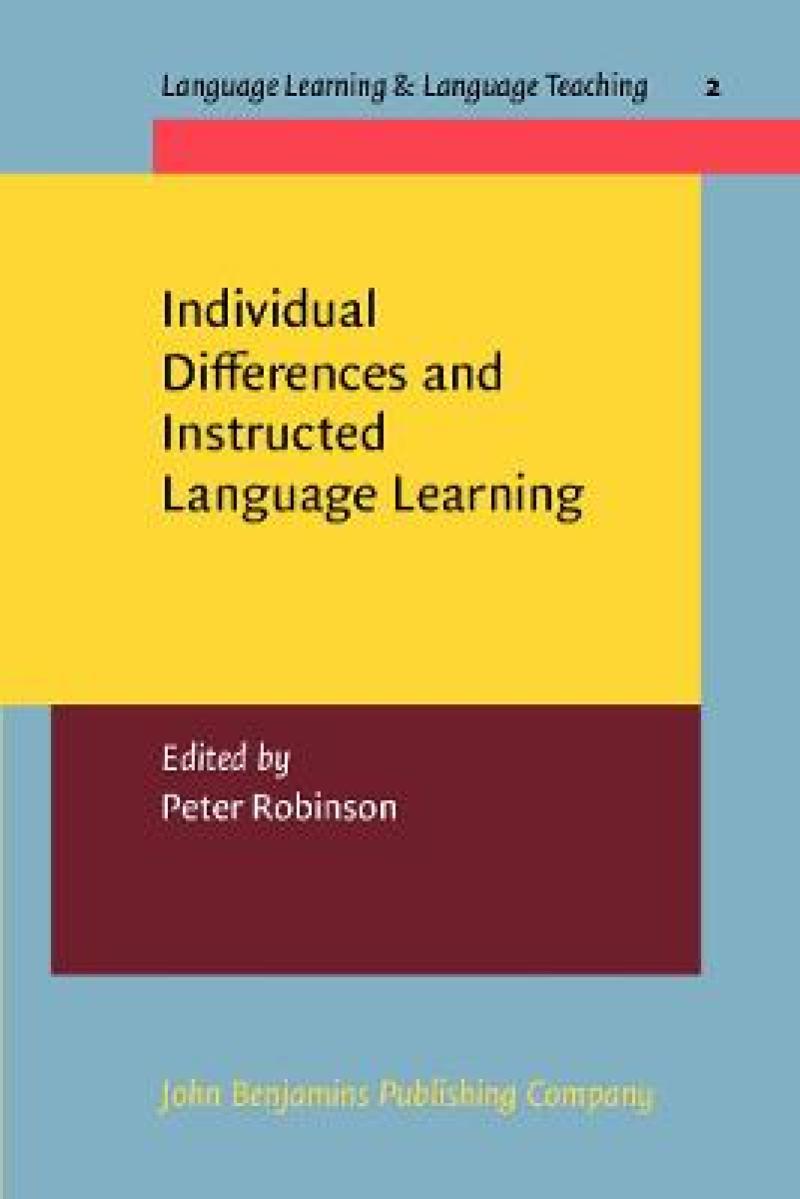This book provides a broad approach to individual differences in second language learning, from the theoretical to the empirical, from the cognitive to the affective, from broad frameworks to fine-grained studies by first-rate researchers. It also dwells more than any other book so far on the interaction between aptitudes and treatments or contexts in second language learning.A generation after Lee Cronbach and Richard Snow widely publicized the need for and potential of aptitude-treatment interaction research, we finally have a volume that does justice to this topic in the field of second language learning. It provides numerous ideas for future research, from broad hypotheses to test, to areas of language to focus on, to statistical techniques for data analysis.<br />For anybody interested in how individual differences interact with L2 learning conditions, this book is not just interesting, it is exciting and inspiring.
- Robert DeKeyser, University of Pittsburgh,
A very interesting book to read for those scholars interested in cognitive abilities, motivation and second language learning. The book also provides interesting hints for methodological improvements in EFL/ESL teaching.
- Ana Llinares Garcia, Universidad Autonoma de Madrid on Linguist List Vol-14-194, 2003,
I thoroughly enjoyed this book. Robinson has put together the most comprehensive collection I have seen to date on individual differences in SLA. The volume covers an impressively wide range of theoretical and empirical issues and does so from different perspectives, many which I found new and refreshing. This will be essential reading for both and seasoned researchers. I'll be consulting this book often.
- Norman Segalowitz, Concordia University, Montreal,
I found much that will be of value in my own teaching — at both the introductory and advanced levels. The overview chapters are excellent for introducing novices to the issues and the developments in the field; the empirical research reports are varied in approach and context, offering excellent examples of different ways to investigate questions about individual difference.In all the chapters I was impressed by the tone of respect and genuine scholarly debate as authors engaged with previous and current researchers whose theories and findings often differed from their own. I attribute this tone and the seriousness of the scholarly approach to the role of the editor whose own contributions are models of thoroughness and fairness.
- Patsy M. Lightbown, Concordia University, Montreal,
The significant advance, and unifying coherence, of this book is to describe, in a variety of educational settings around the world, the array of psychological constructs that combine and interact in the learning and teaching of languages. The interrelations prove to be more intricate, and more intriguing, than most previous books or single theories would have had us believe.
- Alister Cumming, Ontario Institute for Studies in Education, University of Toronto,
Based on solid research and ground-breaking theoretical speculation, this book is a must for anyone who aims to gain more insight in the impact of individual learner variables on instructed second language acquisition, and is a source of inspiration for anyone looking for ways in which the individual language learner's needs can be better catered for in the second language classroom in the future. <br /><br />
- Kris Van den Branden, Katholieke Universiteit Leuven, in International Review of Applied Linguistics 2006,
